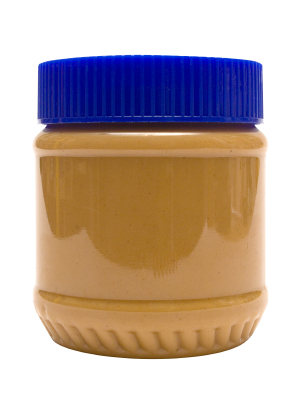 There are so many good green bloggers out there I wanted to introduce you to another blogger that I really enjoy reading. Leslie Hatfield is the freelance editor of the Green Fork blog and serves as media consultant for Eat Well, a NYC-based nonprofit program which promotes the sustainable food movement and helps people find good food through their online directory of farms, restaurants and other outlets of locally-grown food. Leslie has also contributed to Edible Chesapeake and The Ethicurean.
There are so many good green bloggers out there I wanted to introduce you to another blogger that I really enjoy reading. Leslie Hatfield is the freelance editor of the Green Fork blog and serves as media consultant for Eat Well, a NYC-based nonprofit program which promotes the sustainable food movement and helps people find good food through their online directory of farms, restaurants and other outlets of locally-grown food. Leslie has also contributed to Edible Chesapeake and The Ethicurean. "Our Melamine: There’s Mercury in High Fructose Corn Syrup, and the FDA Has Known for Years"
Maybe Jeremy Piven didn’t get mercury poisoning from fish at all — according to the results of this new study released by the Institute for Agriculture and Trace Policy (IATP), the actor may well have been sickened by soda or candy or anything that contains high fructose corn syrup, which, if you eat processed food in this country means, well, just about anything.
Foodies and nutritionists alike have been griping about high fructose corn syrup for years, and the industry has responded with an “astroturf” campaign and a level of secrecy generally reserved for the military officials or secret societies (see Corn Refiners’ Association president Audrae Erickson’s stonewalling performance in King Corn).
Of course, I wouldn’t want to show my hand either, if the making of my product could be described as undertaking a small “Manhattan Project” (see eye-glazing production info here). But as it turns out, the HFCS industry has been hiding some major skeletons in its closet — according to the IATP study (pdf), over 30% of products containing the substance tested positive for mercury.
What makes this news truly shocking is not just that the manufacturers of high fructose corn syrup would put consumers’ health at risk, but that the US Food and Drug Administration (FDA) knew about the mercury in the syrup and has been sitting on this information since 2005.
Here’s the connection, according to the IATP press release (pdf) announcing the study: The IATP study comes on the heels of another study, conducted in 2005 but only recently published by the scientific journal, Environmental Health, which revealed that nearly 50 percent of commercial HFCS samples tested positive for the heavy metal. Renee Dufault, who was working for the FDA at the time, was among the 2005 study’s authors.
Here’s how the mercury gets in there, according to Janet at the Ethicurean:
How did the heavy metal get in there? In making HFCS — that “natural” sweetener, as the Corn Refiners Associaton likes to call it — caustic soda is one ingredient used to separate corn starch from the corn kernel. Apparently most caustic soda for years has been produced in industrial chlorine (chlor-alkali) plants, where it can be contaminated with mercury that it passes on to the HFCS, and then to consumers.And here’s more from the press release:
“While the FDA had evidence that commercial HFCS was contaminated with mercury four years ago, the agency did not inform consumers, help change industry practice or conduct additional testing.”And on why it matters:
“Mercury is toxic in all its forms,” said IATP’s David Wallinga, M.D., and a co-author in both studies. “Given how much high fructose corn syrup is consumed by children, it could be a significant additional source of mercury never before considered. We are calling for immediate changes by industry and the FDA to help stop this avoidable mercury contamination of the food supply.”In China, heads might roll over a scandal like this one, at least if the country received global attention for its allowing corrupt health officials’ greasy palms come before, um, public health.
Of course, in this country, the FDA’s neck is safe. But what about the health of American consumers? Let’s see the Corn Refiner’s Association try to spin this one.



